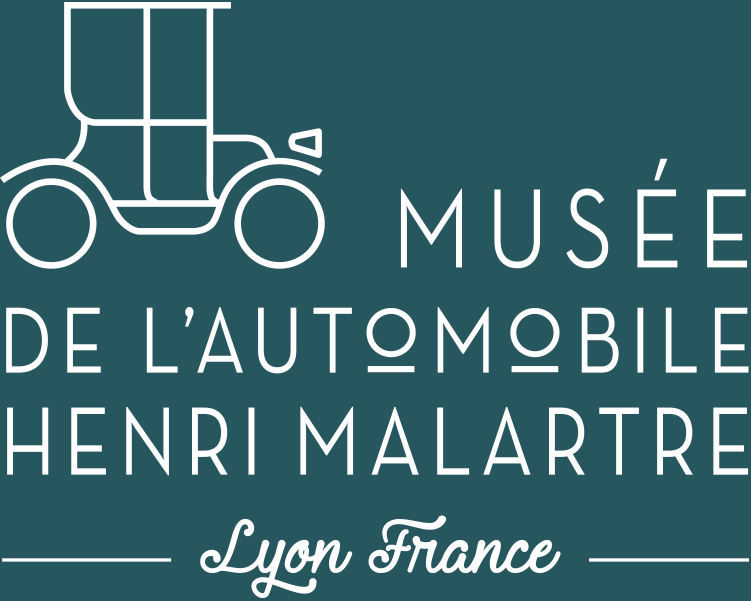Famous throughout the world for its collection of ‘ancestors’ (cars manufactured before 1914), the Musée de l’Automobile Henri Malartre also displays iconic vehicles from the history of the motor car. These exhibits, because of the techniques they represent and the personalities who owned them, are highlights of a visit to the museum:
- Emblematic Model T Ford, which remains today the most popular motor car ever with 16 million sold;
- Legendary Taxi de la Marne, symbol of the French resistance during the First World War;
- Hitler’s massive armoured car, unique in its technical characteristics;
- Famous Gordini GP, rally champion and representative of the last French Grand Prix team;
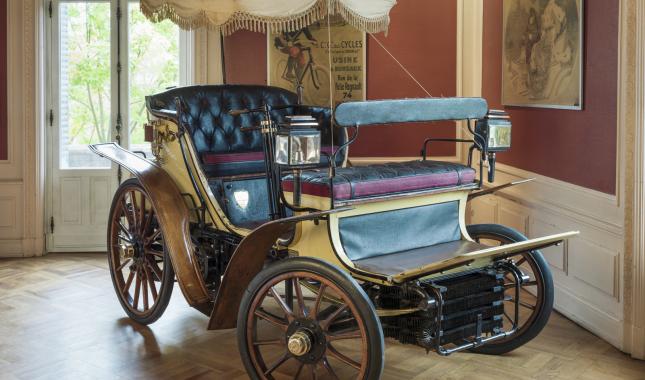
Automobile Rochet-Schneider
1898 - M170 carrosserie en vis-à-vis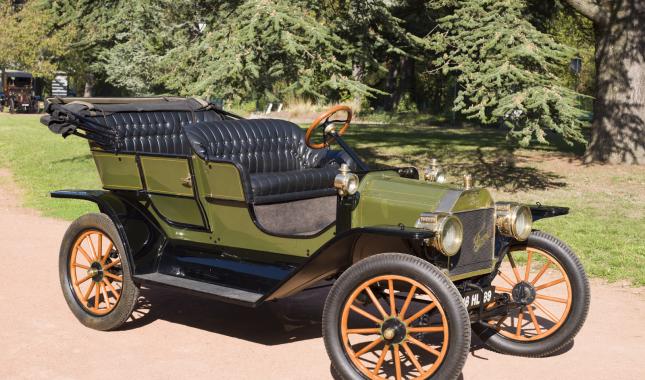
Automobile Ford T
1910 - Carrosserie "open tourer" - symbole de la production en grande série - produite à 16 Mi d'exemplaires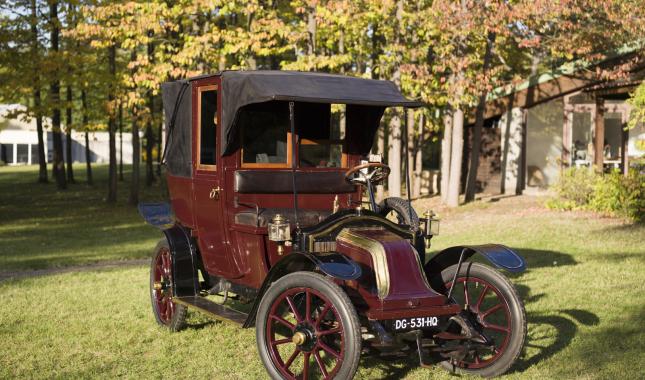
Automobile Renault "Taxi de la Marne"
Vers 1914 - Type AG2 - un des taxis parisiens réquisitionnés pour acheminer des soldats sur la bataille de la Marne en septembre 1914.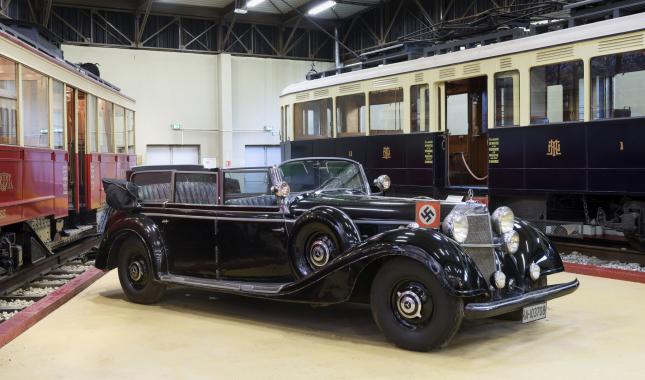
Automobile Mercedes d’Adolf Hitler
Vers 1944 - Type 770K - blindée - Poids: 5T - Puissance: 400 CV - vitesse : 120 km/h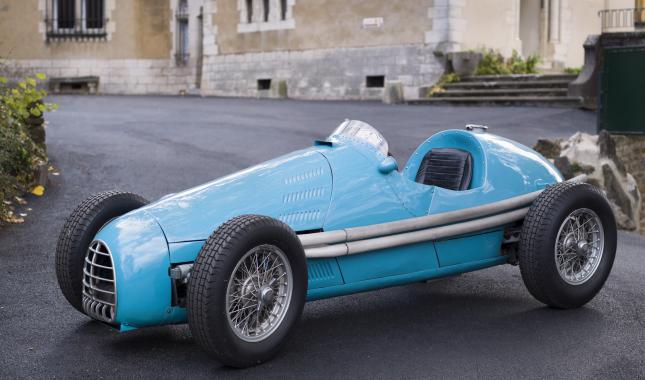
Automobile Gordini GP
1952 - Type 16 N°32 - Vitesse : 250 km/h - Palmarès en 1952 : 1ère place du Grand Prix de l'ACF, à Reims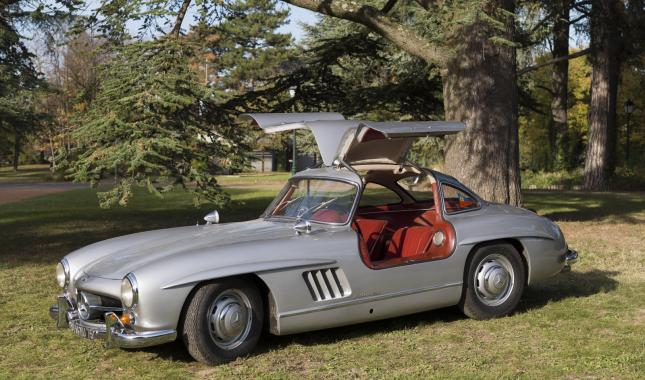
Automobile MERCEDES 300 SL
1955 - Coupé Mercedes 300 "Sport Leicht"Taxi de la Marne and Hitler’s armoured car
The Taxi de la Marne : on 6 and 7 September 1914, around 600 Paris taxis were requisitioned by the army for transporting the soldiers of the 7th infantry division to the front. The German army was marching on Paris, and the French army had to stop their advance: they met at the battle of the Marne. Around 5,000 men were probably transported in taxis, too few to be really decisive. But this operation was subsequently used by the military propaganda department as a symbol of national ingenuity and unity. These taxis became legendary.
Hitler’s armoured car : Mercedes manufactured 44 armoured vehicles between 1939 and 1944 to protect Nazi dignitaries from attack. This vehicle was delivered on 17 March 1944. With its exceptional features, the car needed 15 months and 2 million Reichmarks for its manufacture. It was seized in May 1945 at Hitler’s personal residence at Berchtesgaden by French troops of the 2nd Armoured Division.
Characteristics: Weight: 51 tonnes; 400 hp; 9 passengers; 6m long; maximum speed 120 km/h; consumption: 112L per 100 km; rims reinforced with steel; bullet-proof wheels and windows; mine-resistant floor reinforced in steel; 18 mm armour on doors; self-destruct mechanism operable from the dashboard.
